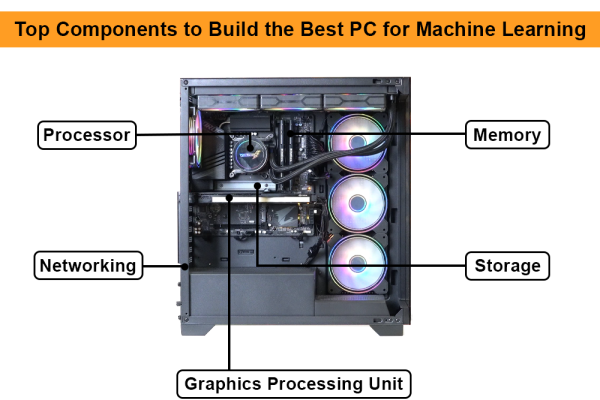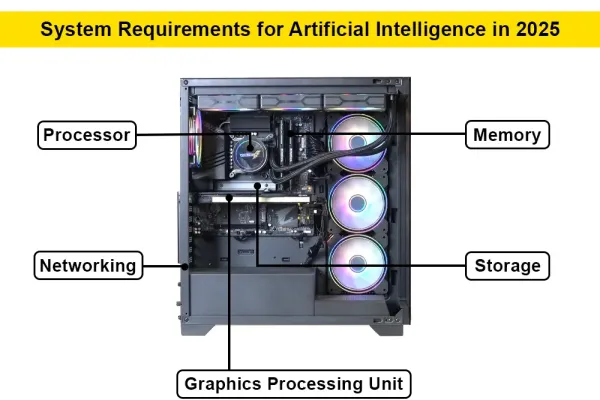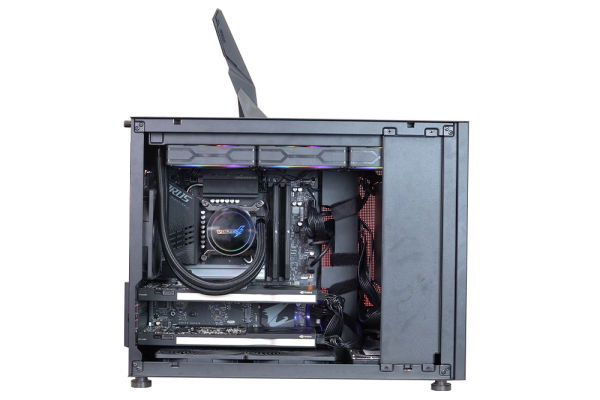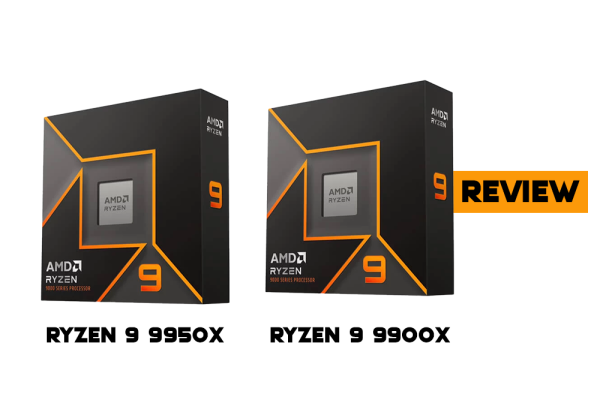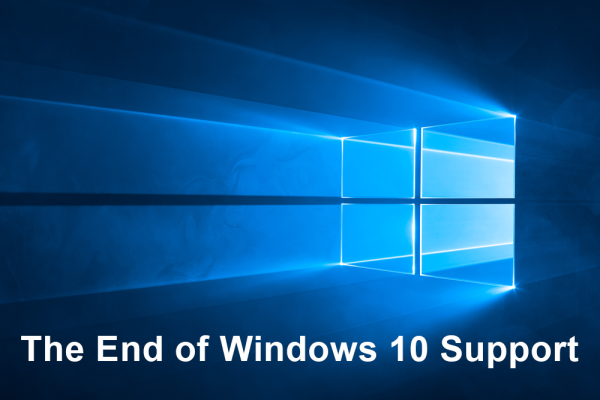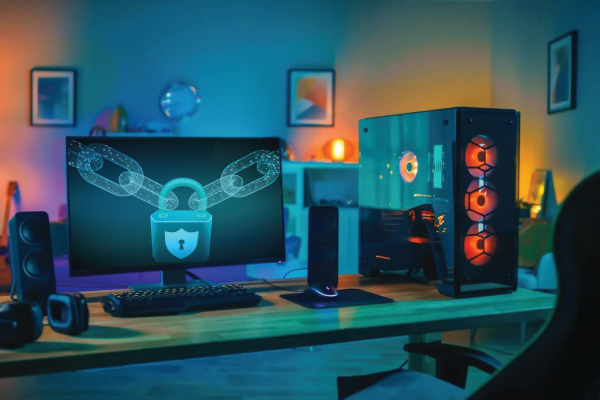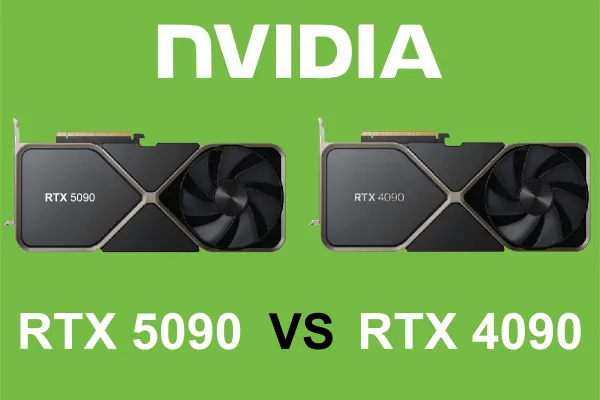
Nvidia GeForce RTX 5090 vs RTX 4090: A Detailed Comparison
Nvidia GeForce RTX 5090 vs RTX 4090: A Detailed Comparison
The Nvidia GeForce RTX 5090 has officially entered the gaming and professional graphics arena, promising to redefine the limits of GPU performance. How does it stack up against the RTX 4090, its powerful predecessor? This detailed comparison dives into the specs, features, and performance benchmarks to help you decide which GPU is worth your investment.
Specifications at a Glance
|
Feature |
Nvidia RTX 5090 |
Nvidia RTX 4090 |
|
Architecture |
Ada Lovelace Next Gen |
Ada Lovelace |
|
CUDA Cores |
18,432 |
16,384 |
|
Base Clock Speed |
2.5 GHz |
2.2 GHz |
|
Boost Clock Speed |
3.0 GHz |
2.5 GHz |
|
VRAM |
24 GB GDDR7 |
24 GB GDDR6X |
|
Memory Bandwidth |
1.5 TB/s |
1.0 TB/s |
|
TDP |
550W |
450W |
Performance: Benchmarks and Real-World Use Cases
1. Gaming Performance
The RTX 5090 delivers a significant leap in gaming performance over the RTX 4090. In 4K gaming tests:
- RTX 5090: Maintains an average of 120 FPS in demanding titles like Cyberpunk 2077 with ray tracing maxed out.
- RTX 4090: Achieves around 95 FPS under similar conditions.
The RTX 5090’s improved CUDA core count and higher clock speeds contribute to smoother gameplay and enhanced visuals, particularly in ray-traced environments.
2. Content Creation
For creators, the RTX 5090 excels in rendering, video editing, and 3D modeling tasks. Benchmarks show:
- A 30% faster rendering speed in Blender compared to the RTX 4090.
- Improved AI acceleration for tasks like upscaling and photo editing, thanks to enhanced Tensor Cores.
3. AI and Machine Learning
With its next-gen architecture, the RTX 5090 offers a significant boost for AI and machine learning applications. Its increased Tensor Core count and advanced DLSS 4.0 support provide up to 2x faster training times for complex models.
Key Features: What Sets Them Apart?
RTX 5090 Highlights
- GDDR7 Memory: The RTX 5090 is the first Nvidia GPU to feature GDDR7 memory, delivering faster data transfer rates and reduced latency.
- Enhanced DLSS 4.0: Offers superior upscaling and frame generation, ideal for high-fidelity gaming and professional workflows.
- Ada Lovelace Next Gen Architecture: Improved efficiency and performance optimizations over the previous generation.
RTX 4090 Strengths
- Proven Performance: The RTX 4090 remains one of the most powerful GPUs on the market, delivering exceptional performance at a relatively lower price point.
- Stable Power Consumption: With a TDP of 450W, it’s more power-efficient compared to the RTX 5090’s 550W.
- Wider Availability: As a mature product, the RTX 4090 is readily available and supported by a larger ecosystem of compatible components.
Price-to-Performance Ratio
While the RTX 5090’s price tag may deter budget-conscious buyers, its performance gains justify the premium for enthusiasts and professionals. The RTX 4090, however, offers exceptional value for gamers and creators who don’t require bleeding-edge performance.
Should You Upgrade?
- For RTX 4090 Owners: Unless you’re seeking the absolute pinnacle of performance for 4K gaming or professional workloads, the RTX 5090 may not be a must-have upgrade.
- For Older GPU Users: If you’re upgrading from an RTX 3090 or earlier, the RTX 5090’s advancements in performance, AI capabilities, and memory technology make it an excellent choice.
Conclusion
The Nvidia GeForce RTX 5090 sets a new standard in GPU performance, boasting cutting-edge technology and unparalleled power. However, the RTX 4090 still holds its ground as a more affordable yet highly capable option. Your choice will depend on your specific needs and budget—whether you’re a gamer, content creator, or AI researcher.
Are you ready to embrace the future of graphics with the RTX 5090, or does the RTX 4090 still meet your needs? Let us know your thoughts in the comments below!
Posted 9 months ago
by Armaan



